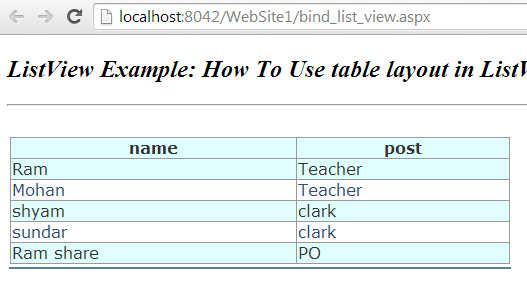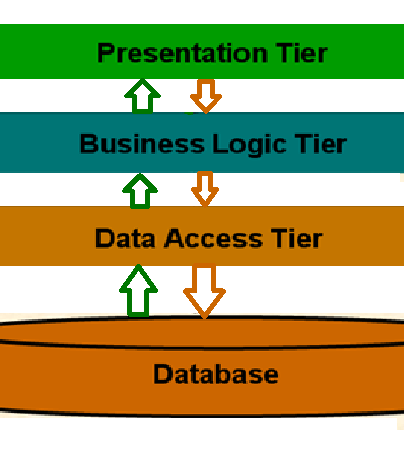What is a NullReferenceException
What is a NullReferenceException, and how do I fix it?
The developer is using null intentionally to indicate there
is no meaningful value available. Note that C# has the concept of null able
datatypes for variables (like database tables can have nullable fields) - you
can assign null to them to indicate there is no value stored in it,
how do I fix it?
For example
int? a = null; where the question mark indicates it is allowed to store null in
variable a. You can check that either with if (a.HasValue) {...} or with if
(a==null) {...}. Nullable variables, like a this example, allow to access the
value via a.Value explicitly, or just as normal via a.
Note that accessing it via a.Value throws an
Invalid Operation Exception instead of a Null Reference Exception if a is null -
you should do the check beforehand, i.e. if you have another on-nullable
variable int b; then you should do assignments like if (a.HasValue) { b =
a.Value; } or shorter if (a != null) { b = a; }.
The rest of this article goes into more detail and shows
mistakes that many programmers often make which can lead to a
Null Reference Exception.
The runtime throwing a NullReferenceException always means
the same thing: you are trying to use a reference, and the reference is not
initialized (or it was once initialized, but is no longer initialized).
public class Person
{
public int Age {
get; set; }
}
public class Book
{
public Person
Author { get; set; }
}
public class Example
{
public void Foo()
{
Book b1 = new
Book();
int authorAge
= b1.Author.Age;
}
}
If you want to avoid the child (Person) null reference, you
could initialize it in the parent (Book) object's constructor.


Comments
Post a Comment